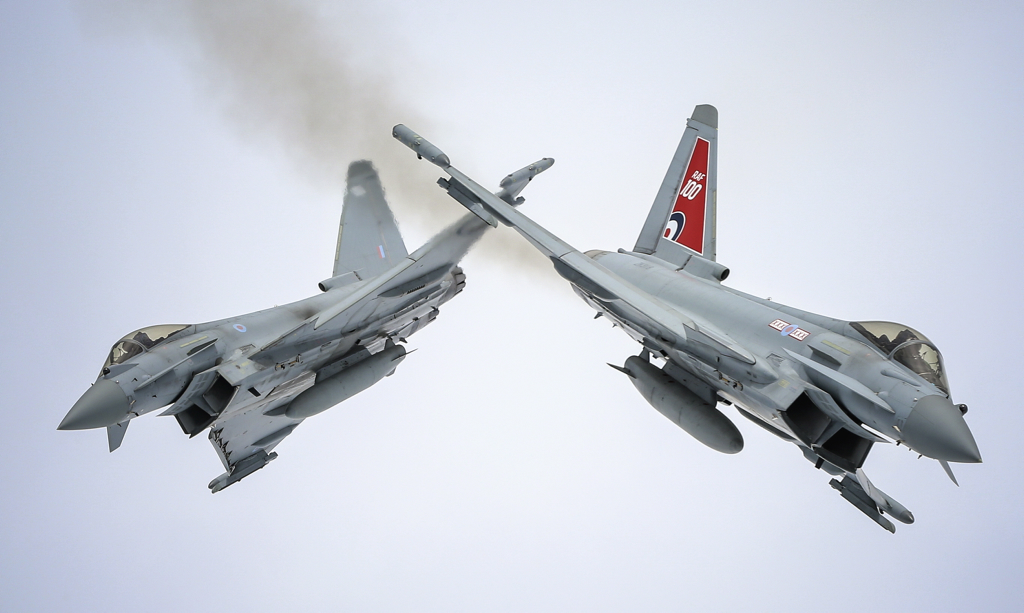This post examines prioritised defence missions for the Royal Navy in the Integrated Review, using the following as a benchmark:
– Defence and resilience of the UK homeland and its overseas territories (including maintenance of the independent nuclear deterrent).
– UK contribution to NATO collective defence.
– Power projection in support of UK interests worldwide.
This is the fourth post in a series that considers prioritisation within UK Defence. Previous posts examined defence’s approach to prioritisation; priorities in past defence reviews; and how defence missions could be prioritised in the forthcoming Integrated Review.
Existing Capability
The Royal Navy’s argument for maritime capability at the last Strategic Defence and Security Review (SDSR 2015) was built around three core pillars: continuous at sea deterrent (CASD), carrier enabled power projection (CEPP) and littoral strike. These pillars were supported by the following components: air defence; anti-surface warfare; anti-submarine warfare; intelligence, surveillance, target acquisition, and reconnaissance (ISTAR); mine warfare and hydrography; and afloat logistic support.
CASD is the UK’s independent nuclear deterrent and the Dreadnaught programme is already included in the MOD’s Equipment Plan as the replacement for the existing Vanguard fleet. As the independent nuclear deterrent sits within the highest priority defence mission, this pillar would be expected to endure.
CEPP is more problematic. On the positive side, it would probably be the go-to capability for power projection in support of UK interests worldwide. However, this is the lowest priority defence mission and maintaining two carrier strike groups against it would probably be unaffordable. A more likely outcome would be either to disinvest in the second carrier, or, at best, maintain it at a very low level of readiness.
Similarly, although an argument could be made to retain the UK’s amphibious capability for both the second and third defence missions, the littoral strike would be the RN’s most vulnerable pillar. While Royal Marine contingent remains an excellent high-readiness intervention capability, the Albion Class landing platform dock ships may have to be sacrificed to maintain higher priority supporting components.
All six of the RN’s supporting components would be required, at or close to current levels, to support all three defence missions. Whether the existing fleet of destroyers and frigates could be reduced from its existing level of nineteen, as a result in loss of the littoral strike capability and the decision permanently to maintain only one carrier strike group, would need to be considered. Likewise, scope may exist to revise downwards numbers of Merlin HM 2 Crowsnest airborne early warning helicopters and Royal Fleet Auxiliary vessels.
Future Capability
In general, the in-use period for maritime platforms are the longest for major capability across all the armed forces, sometimes in excess of fifty years. To that end, the design of future maritime weapon systems must rely on through-life innovation and adaptability to exploit and integrate emerging technologies in a timely and cost-effective manner, to anticipate and respond to new threats roles and tasks. The Development Concepts and Doctrine Centre’s Joint Concept Note 1/17 – Future Force Concept identifies the following priority areas for maritime future force development:
– Seizing technological opportunities. Identifying, developing and operationalising key technologies, in particular remote and automated systems that will enhance operational capability.
– Operating effectively in contested and degraded environments, through cross-domain integration, information exploitation, agile command and control, freedom of action, and reversionary modes.
– Developing adaptable platforms and systems, including communications, weapons and sensors, to provide capability longevity, through open architecture, configurable through life to adapt new technologies and roles.
– Better balancing quality and quantity to provide resilience in the face of attrition (including the manned and unmanned balance), to meet the challenges of reconstitution for war fighting at scale.
– Adopting novel and responsive logistic support solutions to assure sustainment and resilience.






